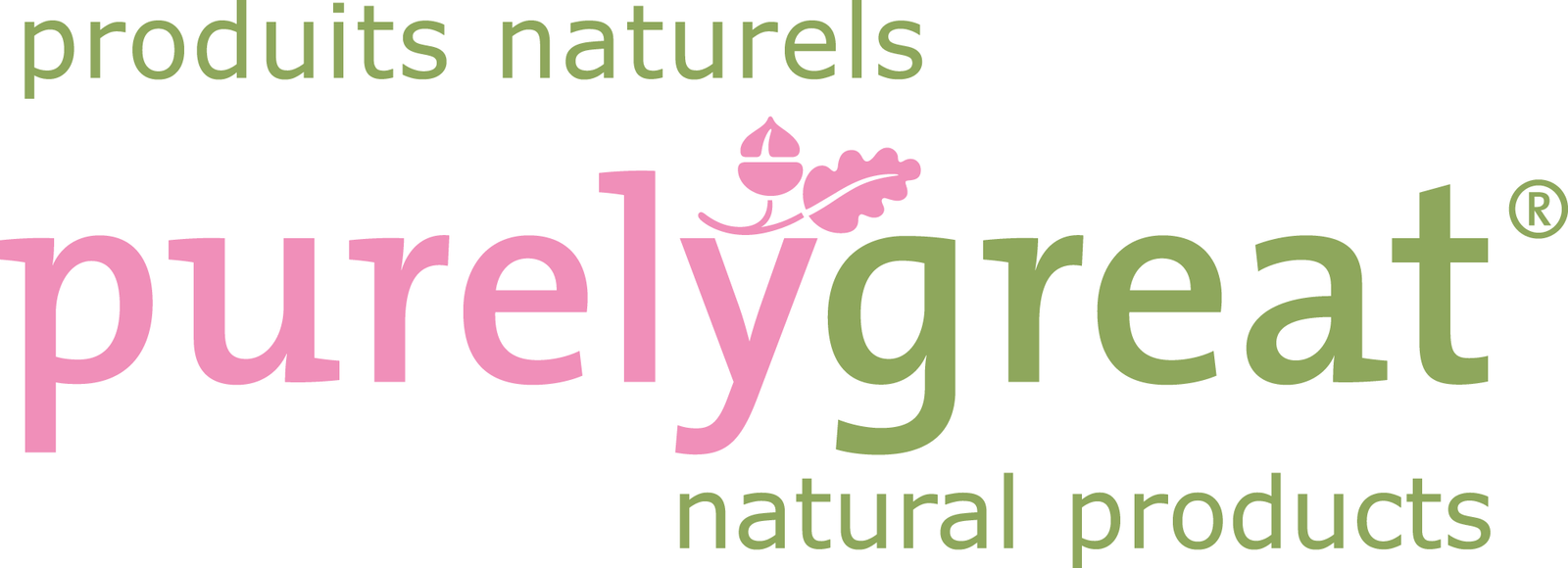Although non-renewable resources such as oil and coal provide power to more areas of the world than any other source, renewable energy sources are gaining more ground and becoming economically viable. Solar, wind and hydroelectric energy are zero-emissions resources with an infinite supply of energy and becoming more prevalent in commercial and residential areas. Ordinary tasks like cooking, driving to work or relaxing in a warm living room in winter can be accomplished without damaging the environment. In the following paragraphs, you’ll discover how you can use renewable energy in daily life.
Solar Energy Homes
The first house powered by solar energy was constructed in 1973, but solar power wasn’t widely accepted until the turn of the 21st century. As the demand for solar products grew, components like solar panels and battery systems became more advanced. With state and federal incentives available, solar technology is more affordable and efficient for homeowners looking to reduce their carbon footprints. By using a solar power system, you can produce your own renewable energy, become free from high utility bills and reduce your environmental impact.
Solar Heating and Cooling
Heating and cooling your home draws a significant amount of power and increases your utility bills during the summer and winter. With solar panels installed on your property, you can use a renewable energy source to power your HVAC system and water heater. If you’re unable to install panels, you can purchase individual solar heating, air conditioning units and water tanks. During a heatwave in the summer, a solar AC unit can lower your power bills considerably.
Solar Cooking
Whether you’re enjoying a camping trip with the family or a leisurely day in the backyard, you can cook a feast in a solar oven. Solar ovens are an inexpensive way to cook a meal without relying on fossil fuels. Although several companies offer solar cookers, you can design and build a homemade one for under forty dollars. Numerous online videos give detailed instructions on how to construct a solar-powered oven. The only disadvantage to the ranges is their inability to function at night or on a stormy day.
Electric Vehicle Charging
Electric cars, trucks and commercial vehicles are becoming more predominant on the world’s highways. Zero-emission vehicles help improve air quality, reduce noise pollution and require fewer maintenance visits than gas-powered models. However, if you charge an electric car at a public charging station, you may be using fossil fuels to power the vehicle. Very few public stations are solar-powered, but you can avoid the dilemma by charging your car with a solar power system on your property. If you take a trip, you can research which areas on your route have solar-powered stations.
Outdoor Lighting
Another way to use renewable energy is to install solar lights around the exterior of your house.
Solar lights can illuminate your home’s exterior and deter burglars from entering your property, and premium units are resistant to harsh weather and extreme temperatures. Unlike standard exterior lights, solar units are cordless and don’t require you to run cords or cables.
Hydroelectric Power
The force of moving water allows hydroelectric turbines to generate power for millions, and utility companies have used the technology since the 19th century. If you own property near a stream, you can install a small turbine that generates power for a home or business. Unless you’re an experienced civil engineer, you can talk to an expert about the installation and maintenance requirements.
Wind Power
Like other types of renewable energy, the wind generates power without the toxic byproducts associated with coal and oil. Wind farms are replacing traditional power plants in several locations, and several former utility workers have found new employment servicing wind turbines. In rural areas, wind turbines are used to complete agricultural tasks like grinding grain. Although European countries have used windmills and wind turbines for decades, North America and Asia have slowly adopted wind farms in their energy sectors.
As renewable energy costs decrease, more countries see the benefits of protecting the planet and producing clean energy to benefit our daily lives.
If you enjoyed this article, you can find many more Healthy Articles here!







